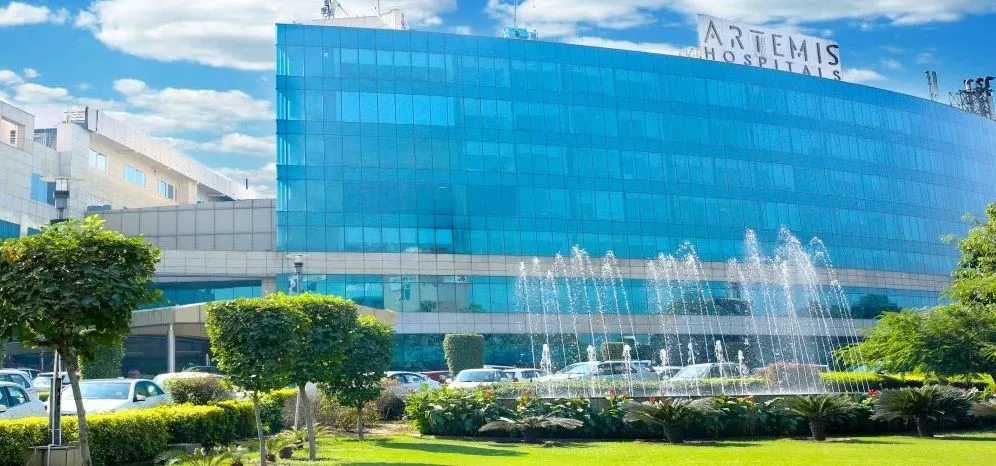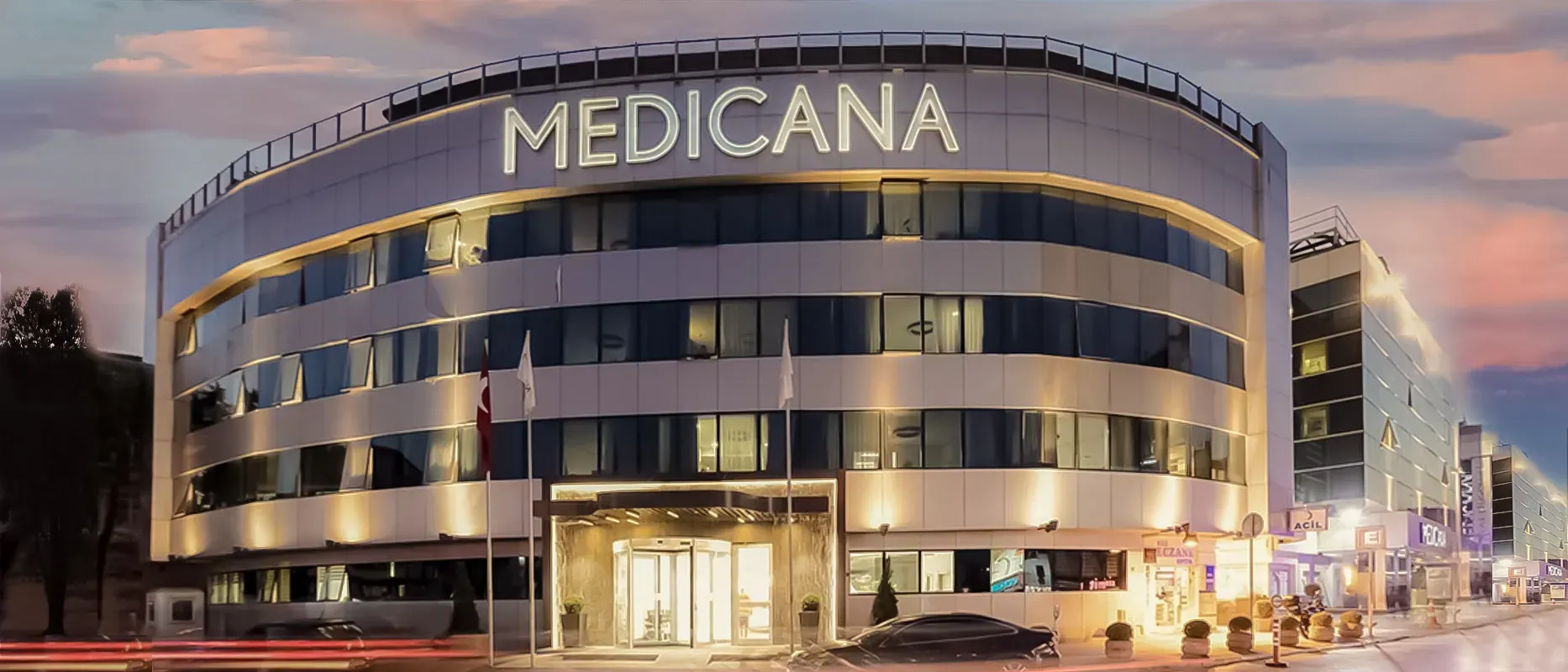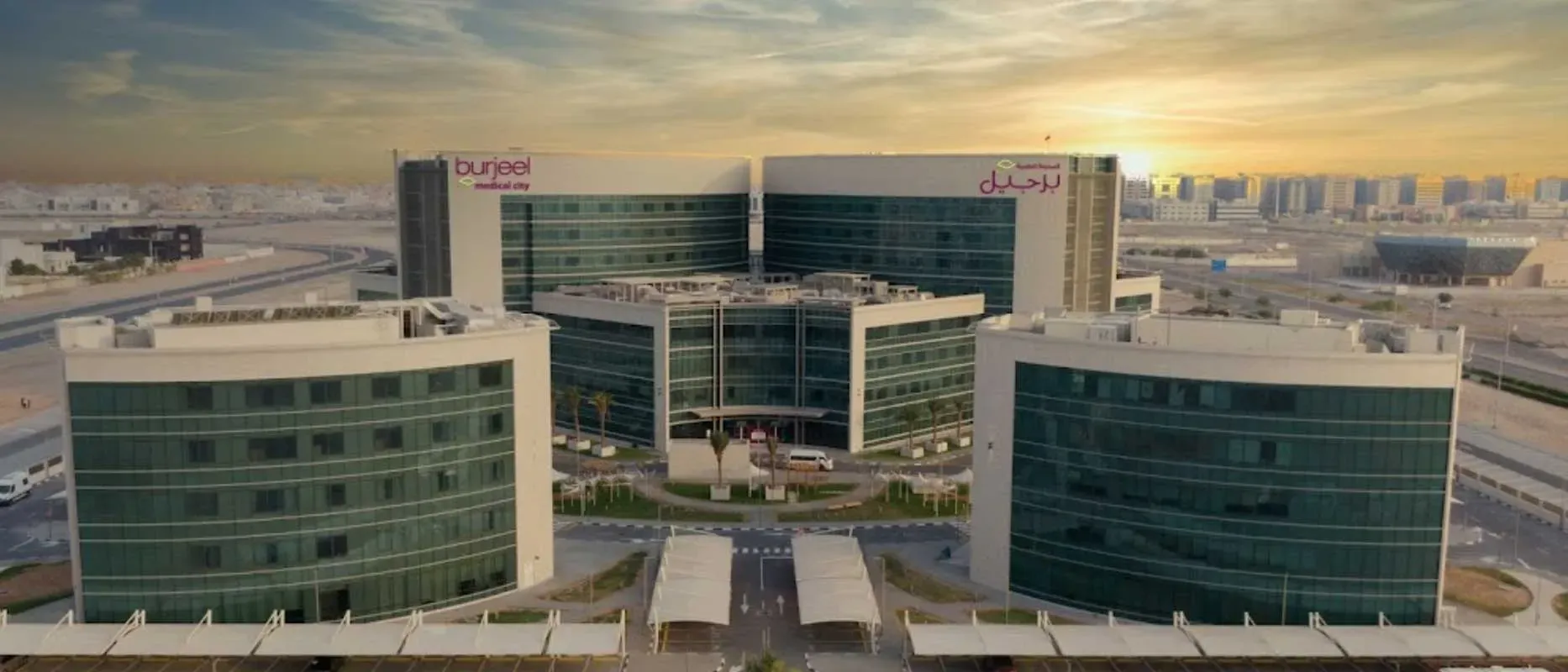Overview of Radiation Therapy Treatment India
Image-Guided Radiation Therapy is a common procedure used to treat cancer. In order to make an informed decision about IGRT, here is all the information you need. Cancer can be an awfully debilitating disease. Not just the implications of cancer but also the side-effects of the treatments like chemotherapy can leave a long-lasting impression. However, IGRT comes as a ray of hope, with noticeable results and minimal adverse effects.
IGRT or Image-Guided Radiation Therapy is one of the commonly used techniques of radiotherapy that involves radio-imaging during each session of treatment. Fundamentally, IGRT uses high-energy beams of radiation to destroy cancerous cells or tumor cells. With the help of imaging, the chances of radiation focusing carefully at the affected area increase many folds. Due to the high-quality images, higher intensity of radiation can be used which further leads to faster results. Image-Guided Radiation Therapy can be used to treat all kinds of cancer.
Types of Radiation Therapy Treatment India
Types of Image-Guided Radiation Therapy Techniques
Depending on the imaging techniques, IGRT can be divided into non-radiation-based systems and Radiation Based systems.
01. Non-radiation-based System
1.1. Ultrasound-based system
1.2. Camera-based (infrared) or optical tracking system
1.3. Electromagnetic tracking system
1.4. MRI-guided IGRT
02. Radiation-based System
2.1. Electronic portal imaging devices
2.2. Cone beam CT or CBCT
2.3. Fan beam KV CT (CT-on-rails)
2.4. Hybrid systems for real-time 4D tracking
Image-guided Radiation Therapy Procedure
For IGRT, a linear accelerator machine also known as a cyclotron on synchrotron is used. This is equipped with a special imaging technology that allows the doctor to take high-quality images of the tumor any time before or during the treatment session. These images can be compared with those taken during the stimulation and adjustments can be made to target the radiation beams more precisely and avoid any damage to the surrounding healthy tissues.
Technologies used for imaging during IGRT may include Computed Tomography (CT), Magnetic Resonance Imaging (MRI), Ultrasound (US), or X-rays. Sometimes markers are also used which are placed on the patients body or implanted inside the body. The process of IGRT begins by positioning the patient according to the marks on the skin that defines the affected area. In some IGRT techniques, the patient may also need to hold the breath for 30-60 seconds. Sometimes, fiducial markers or electromagnetic transponders are required, which are inserted inside the body with a needle a week before the stimulation process.
On the day when the treatment session has to be conducted, an x-ray, CT scan or ultrasound is used to obtain the images. Any additional adjustment if required is done in the positioning of the patient. Finally, the radiation is delivered to the targeted site.
What happens to the patient during and after the procedure?
During each session of the procedure, here are some things that the patient might observe:
01. Equipment will be moving around the patient during the imaging process.
02. The patients may even experience a strange smell during the treatment which is due to the ozone produced by the linear accelerator.
03. Some may see a colourful light especially those getting the treatment for their brain.
After the procedure, the patients may also experience some side effects of the radiation treatment. The intensity of these side effects usually depends on the type of radiation, its dosage, and the area of the body that is being exposed.
Side effects:
The side effects can occur immediately after the treatment or much later. Some of the commonly seen early side effects include,
01. Fatigue
02. Increased sensitivity in the skin
03. Swelling, irritation and redness on the skin
04. Dryness and itchiness
05. Peeling and blistering
06. Hair loss in the affected area
07. Difficulty in swallowing food
08. Digestion problems
09. Diarrhoea
10. Nausea and vomiting
11. Headache
12. Soreness in the treated area
13. Changes in the bladder movements
Some of the side-effects that might occur at a later stage include changes or disturbed function in the following parts:
01. Brain
02. Lungs
03. Spinal cord
04. Colon and rectum
05. Fertility
06. Joints
07. Lymphatic system
08. Oral cancer
Other than the aforementioned side effects, there are also few chances of developing cancer from radiation therapy. This is why you will have regular follow-ups with your doctor to monitor your condition even after the procedure is complete.
Diagnosis of Radiation Therapy Treatment India
When is Image-guided Radiation Therapy Recommended?
Even though IGRT can be used to treat all types of cancers, better results have been seen when used to treat tumors and cancerous lesions which are situated close to the sensitive body structures. It is also recommended in cases where the tumor has the tendency to move during the treatment.
Image-Guided Radiation Therapy is most commonly recommended for its properties that are mentioned below:
01. Precise Radiation
1.1. Definitive and localized identification of the tumor position, shape and size before and during the treatment.
1.2. Increased bandwidth for higher intensity radiation to have speedy results.
1.3. Reduced radiation exposure to the surrounding normal tissue.
Symptoms and Risk factors
Advantages
01. Reduced risk of destruction of surrounding healthy tissue.
02. Effective in cases of tumors that are potentially mobile such as lung tumors or liver tumors due to real-time tracking.
03. Any change in shape or size of the tumor can be easily detected, measured, and treated due to in-built imaging technology.
04. High precision reduces the chances of early and late side effects of the treatment.
Disadvantages
01. Each treatment session can be longer as compared to other forms of treatment.
02. There may be some early-stage or later-stage side effects as mentioned above.
Difference between IMRT and IGRT
IMRT or Intensity-Modulated Radiation Therapy is an approach using computer-generated images of the targeted area which facilitates the physician to plan and target a narrowed beam of radiation. In IMRT, the shape of the beam can be controlled according to the tumor to focus it better on the affected area. IGRT is more beneficial in regards to positioning the patient on the procedure table to adjust the radiation beam while IMRT is more useful in adjusting the dosage and shape of the radiation beam to cover a precise dimension of the affected area.
In a nutshell, IGRT is usually preferred in the tumors that tend to move or those which are close to the delicate structures. It is frequently used in combination with IMRT, proton beam therapy, stereotactic radiosurgery or other forms of radiotherapy. Also, it is important to discuss in detail the Image-Guided Radiation therapy risk with your doctor before going ahead with it. In case of any query, feel free to contact Ortil Healthcare.
Top Hospitals for IGRT - Image Guided Radiation Therapy in India
Shaping the future of the healthcare institution and establishing the path to accomplishment.
Top Doctors for IGRT - Image Guided Radiation Therapy in India
Empower your Health with the Expertise of Leading Medical Professionals.
Dr. B.K.M Reddy
Department of Radiation Oncology
Senior Consultant
Book Appointment
Dr. L Vijay Bhaskar
Department of Radiation Oncology
Consultant
Book Appointment
Treatment Costs for IGRT - Image Guided Radiation Therapy
Be the change and be an opportunist in transforming healthcare.
How it's Works
Guiding your Journey from Discovery to Treatment Planning and Beyond.
Discovery
Get a consultation to discover about your treatment
Pre-Treatment
Admission to the best hospital and all pre-treatment facilities
Post Treatment
Get post-treatment follow-up care with medicine fulfillment
Treatment Planning
Hassle-free treatment planning with package & cost estimations
in-treatment
world-class quality procedures and equipment for treatment


























